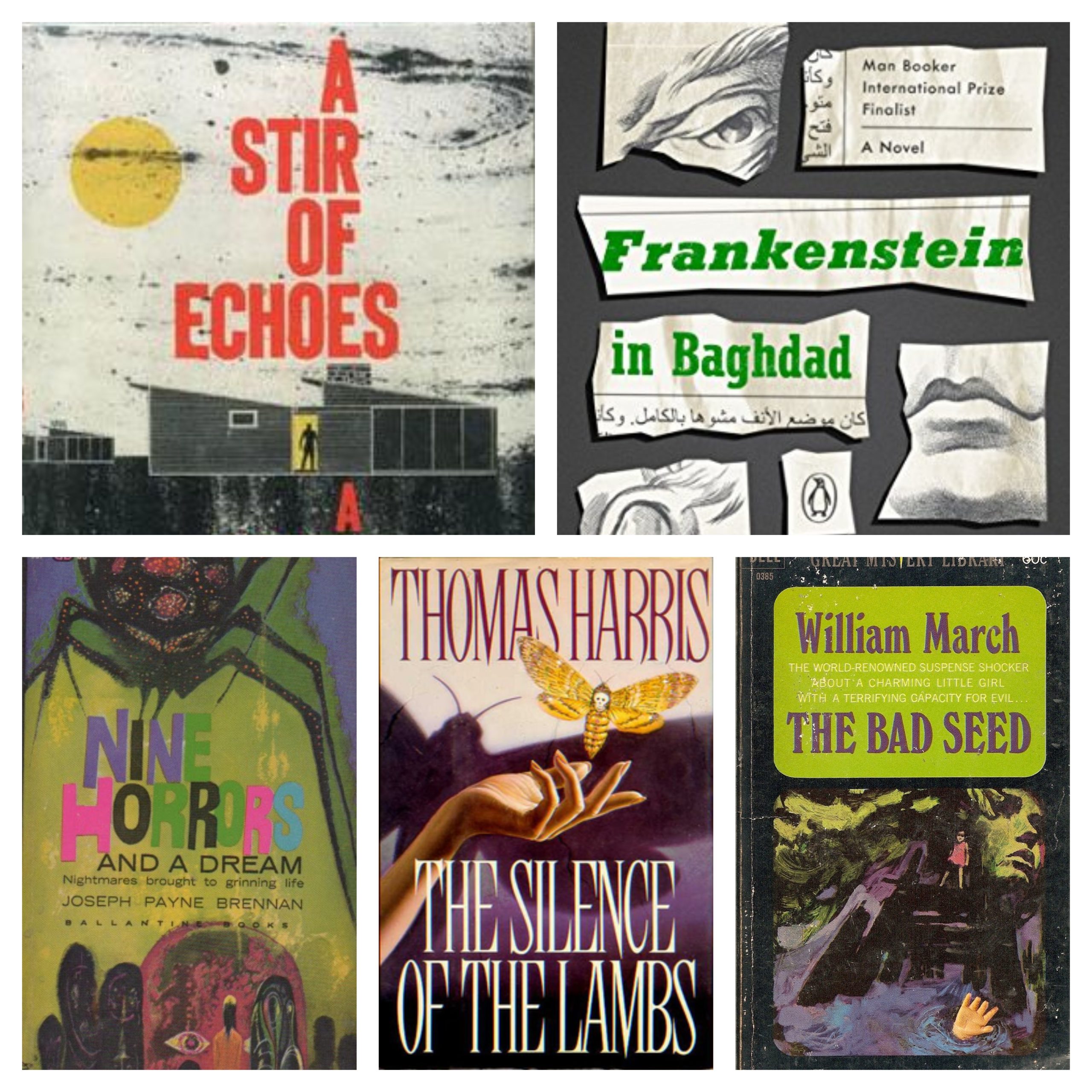From a mind-melting story from a master of suburban horror to a brush with all too real Iraqi war atrocities, from a collection of pulpy goodness that includes the inspiration for The Blob to a trip into the world of a famous serial killing cannibal to a classic of the ‘evil child’ sub-genre, this installment of Ben Reads the Horror Classics has lots of fun stuff for the kiddies and the kids at heart. Also this entry brings about another exciting milestone in that I am officially over halfway done with that big honkin’ mega-list of horror books I’m churning through! At least in terms of total count… No idea where I am if you get down to the page count level…
For those just joining me, this is my journey through the following “Best of” Horror lists:
Reedsy Discovery Best Horror Books
Stephen Jones & Kim Newman’s Horror: 100 Best Books
Stephen Jones & Kim Newman Horror: Another 100 Books
If you want to check out my previous entries, they can be found here:
Part 25 | Part 24 | Part 23 | Part 22 | Part 21 | Part 20 | Part 19 | Part 18 | Part 17 | Part 16 | Part 15 | Part 14 | Part 13 | Part 12 | Part 11 | Part 10 | Part 9 | Part 8 | Part 7 | Part 6 |Part 5 | Part 4 | Part 3 | Part 2 | Part 1
I love fiction books! Let’s go!
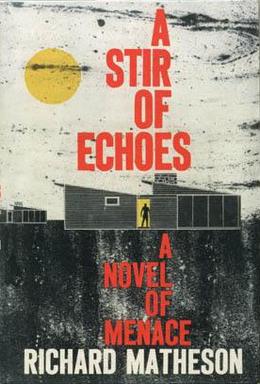
A Stir of Echoes (Richard Matheson, 1958)
List: Jones/Newman
Tom Wallace, with his sweet and pregnant wife Anne and darling little son Richard, seems to live the typical suburban life. All that changes when a seemingly innocent hypnotism party trick from a friend unlocks latent, chaotic psychic abilities that causes him to start feeling other people’s thoughts and seeing visions, particularly of a woman in a black dress who seems to haunt him in the middle of the middle night. As the dreams and visions he experiences begin to come true, it starts to take a mental and physical toll on both him and his family. What will be Tom’s breaking point?
I had previously seen the film of this novel so was somewhat familiar with the general outline. But the film changes major sections of the plot to the point that reading the original source felt like a fresh experience. I know in interviews and reading his non-fiction book Danse Macabre, Stephen King has professed his profuse admiration for Richard Matheson, but every time I read a Matheson, it reminds me of just how much King owes to him. Matheson’s particular lyrical yet grounded prose in service of horror Americana is very much King’s bread and butter, and it’s very easy to trace the influence here. Matheson’s knack for delving into the secret insecurities and fears of Everytown USA is remarkable, and his writing is so eminently readable that the pages just fly by. The plotting here is very well-done as well, and while it’s a little predictable, Matheson never blatantly shows his hand too early. Like with I Am Legend, Matheson is also able to express the inner pain and turmoil of the lead character very well, making you feel the pressures of knowing too much and not enough at the same time. Overall, I count this as another Matheson read that I thoroughly enjoyed and appreciated.
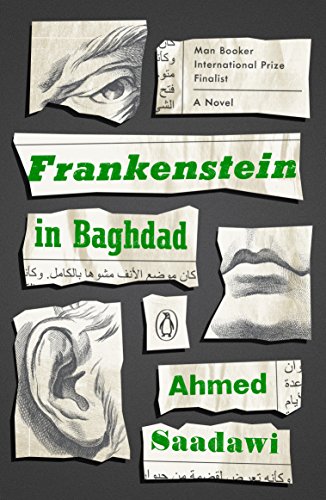
Frankenstein in Baghdad (Ahmed Saadawi, 2013)
List: Reedsy Discovery
Hadi is a shifty and eccentric scavenger of tragedies living in war-torn Baghdad during the U.S. occupation of post-war Iraq. In what I suppose is intended as a kind of political statement, he finds and stitches the body parts of victims of terrorist bombings, crossfire and other horrors of war in a form of protest intended to convince the powers that be of the importance of a proper burial of the dead who have fallen victim to these atrocities. Mysteriously the stitched together body goes missing as a series of murders of known terrorists and other villainous people sweep the city. When the strange vigilante responsible begins taking what he should not, it becomes clear that something must be done.
This was quite a unique book. Translated from Arabic and written by an Iraqi author, it effectively uses its more fantastical modern Prometheus premise to shine a light on the dismaying everyday life that average citizens faced as a result of the ravages of war and its aftermath where death is accepted as a common reality and citizens don’t bat an eye at seeing limbs strewn about in the streets in the wake of bombings. The structure of the novel is pieced together in a somewhat disjointed fashion where it jumps between multiple different perspectives giving you pieces of the overall narrative, leaving it to you to fill in some gaps at times, especially early on in the novel. The concept of a re-animated corpse driven to seek revenge upon the fiends who murdered the people that make up its disparate parts is a novel one that the book realizes quite well at times. I do feel like I wish it had come together a little cleaner in its execution, but overall it’s a solid read that provides a fresh take on the Frankenstein narrative.

Nine Horrors and a Dream (Joseph Payne Brennan, 1958)
List: Jones/Newman
Joseph Payne Brennan often wrote for Weird Tales and these ten stories, most of which were culled from that iconic magazine, fit that moniker to a tee. Brennan’s writing style is extremely pulpy and straight forward and while he won’t win any awards for eloquence, his direct prose style works just fine for these strange and macabre little slabs of entertainment. Perhaps the most well-known story in the collection is “Slime” which served as an inspiration for the famous film The Blob but in some ways is more interesting in how it gets inside the mind of the black ooze itself. “Levitation” is another one that may seem familiar due to it being adapted as a Tales from the Darkside episode with John Carradine. “Levitation” really is an ideal weird little tale with a total non-sequitur of an ending. While a couple of stories here don’t hit as hard or as interesting like the trifling meta story “I’m Murdering Mr. Massington” and the fairly predictable “Death in Peru” (which is exactly the kind of bland voodoo story I’ve seen so often in Weird Tales over the years), others offers those genuinely delightful little thrills that I come to expect from this kind of lurid, odd narrative. “The Calamander Chest” is a neat little story that’s reminiscent of stories like Stephen King’s “The Moving Finger” and “On The Elevator” is a solid no frills ghost story. The best story in this bunch though may be “Canavan’s Back Yard”, a supremely strange story of a wild, jungle-like cursed backyard that defies it apparent dimensions, and speaking of King this one does remind me of King’s “In The Tall Grass” at times. I wonder if King was a fan of this collection given the multiple similarities. Anyway, overall while this is no masterpiece of literature, it is a fun slice of no-nonsense horror pulp that’s sure to please folks looking for some cheap thrills with a side of weirdness. Oh and by the way, in case you’re wondering, I have no idea which one is the Dream of the title and which were the Nine Horrors (although I have some thoughts on that…).
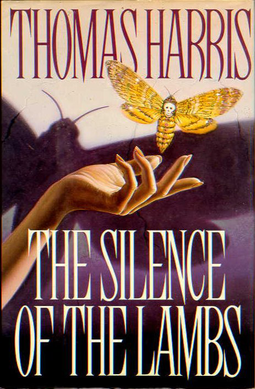
Silence of the Lambs (Thomas Harris, 1988)
Lists: Jones/Newman, Reedsy Discovery
Agent-in-Training Clarice Starling is sent to interview renowned serial killer cannibal Hannibal Lecter under the auspices of finalizing some paperwork Jack Crawford needs to fill out on psychiatric profiles. What Starling doesn’t expect is for Lecter to take a shine to her, exchanging some critical hints toward the investigation of another serial killer dubbed Buffalo Bill in exchange for private and personal details of her life. It all goes to Hell when the daughter of a prominent senator is kidnapped and put on the chopping block to be the next victim of Buffalo Bill. Now Starling and Crawford have even more pressure and a ticking clock as they try to discover Buffalo Bill’s whereabouts before the senator’s daughter is filleted and made into a human skin suit for Buffalo Bill’s perverse dreams.
I hardly need to summarize this one. This is perhaps one of the most well-known books on the whole horror list I’m working on with Hannibal Lecter embedded into the modern consciousness as one of the most enduring villains of the last 50 years. For whatever reason, I had never actually gotten around to reading this one, so it was interesting to dive into it with the weight of the acclaimed film and TV series that have come out in its wake (let’s pretend the Hannibal and Hannibal Rising films didn’t happen, k?). In general, the film adapted this novel quite faithfully with its terse, procedural descriptions and dialogue really working to get at the root of Starling and Lecter’s strange relationship. I felt Harris also improved over his previous novel involving Lecter, Red Dragon, in that he keeps the focus much more on Starling and Lecter (give the public what the want and all) instead of wasting a lot of time on the borderline caricature of Jame Gumb (Buffalo Bill’s real name). We get enough of Gumb’s motivations and machinations to get a feel for what he’s capable of, but Harris makes the wise choice not to derail the narrative with an extended romance like Dollarhyde struck up in the prior novel. The book’s narrative seems a little scattered and paced oddly at first, but that helps to actually immerse you in what feels like a more authentic investigation (how authentic it actually is I’ll leave to random blogs which I’m sure have already picked it apart). Harris’ rapid fire, spare prose in the climax also works well to heighten Starling’s life-threatening situation. Overall, I thought this was definitely a step up from Red Dragon and well-deserving of its reputation.
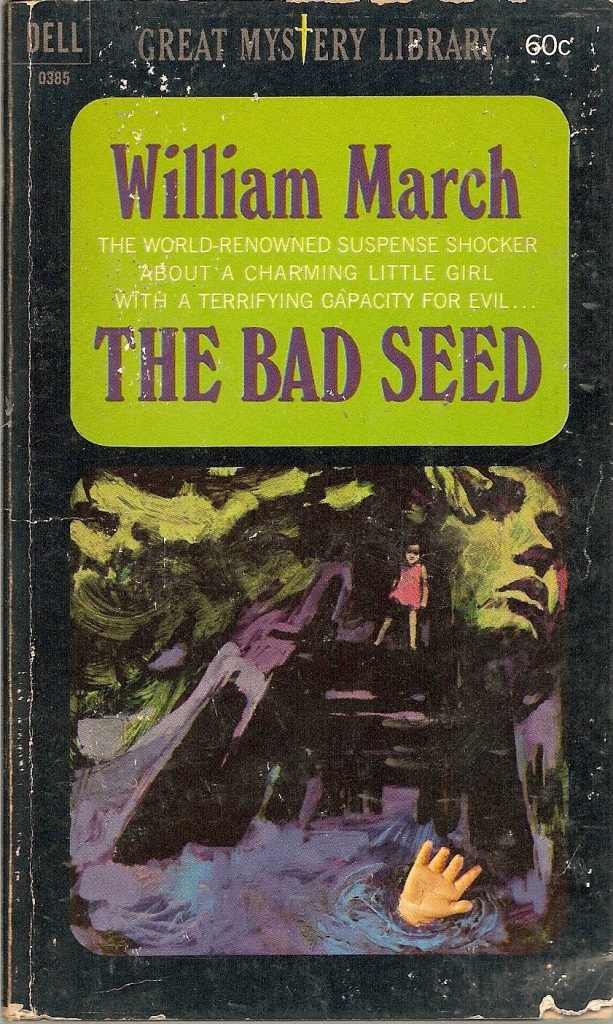
The Bad Seed (William March, 1954)
List: Reedsy Discovery
Little Rhoda Penmark is cute and cloying, friendly and fiercely intelligent. But there’s a coldness behind her eyes that her mother Christina starts to be concerned with after one of Rhoda’s classmates dies in a tragic drowning accident. Or at least it appeared to be an accident… This event along with some past red flags leads Christina to start researching criminal history and her own family tree, uncovering horrible truths that shed a new light on her daughter she could never have imagined.
Unless you’ve live in a cave for the last 60 years, you will probably know The Bad Seed as a lynchpin of the “evil kid” sub-genre of horror fiction. Reading it within the context of modern literature, it doesn’t come across nearly as shocking as it probably did when it first came out in 1954. The book really does paint a quite disturbing picture of a budding sociopath, but the story beats have become so commonplace that it just doesn’t have the impact any more than it used to. It is a well-written book though that does a very good job of really delving into the horrible and increasingly hopeless situation that Christina finds herself in with an ending that’s still quite chilling. Overall while this doesn’t come across as the most fresh anymore, it’s still a solid read and worth checking out as a cornerstone of ’50s horror.

